

If you’ve an interest in design, Thomas Sandell is a name that will hopefully be familiar to you. The founder of one of Stockholm’s most high-profile architecture and design studios, Sandell & Sandberg, Thomas is at the very top of his game. His studio masterminds large-scale civic design projects throughout Sweden and beyond, with an impressive portfolio to its name that includes state-of-the-art schools, luxury hotels, social housing, futuristic tower blocks and even, as you’ll hear, floating houses. We sat down with him to learn more about his career progression, his attitude to architecture and what he’s learned from his 30 year career in design.
“When I first discovered architecture, I was in the military. I was an officer in the Swedish Amphibious Corps, and two of my colleagues were into architecture and I grew kind of curious about it. The three of us applied to architecture school in Stockholm together, and I just decided to do what they did. Ironically, when the letters came from architecture school, I was the only one who was accepted.”
“In first year, I was a really bad student. Then, I found my feet and became an architecture fanatic in the second year. The more I studied it, the more I loved it; I devoured all the books on interior and furniture design I could get. I passed out in 1990, and fell straight into the economic crisis 1991. It was a tough time, but I started off as a one-man-band, taking on small interior and furniture design projects. At the same time, I was working as a post-grad student in my professor’s architecture office. He was very encouraging and when I won a commission to design a fashion store, he reduced my hours to half-time so I could take it on. Following that, I won a few more architecture commissions and hired a friend, so then there were two us and on it went. Now, we are a team of 55.”
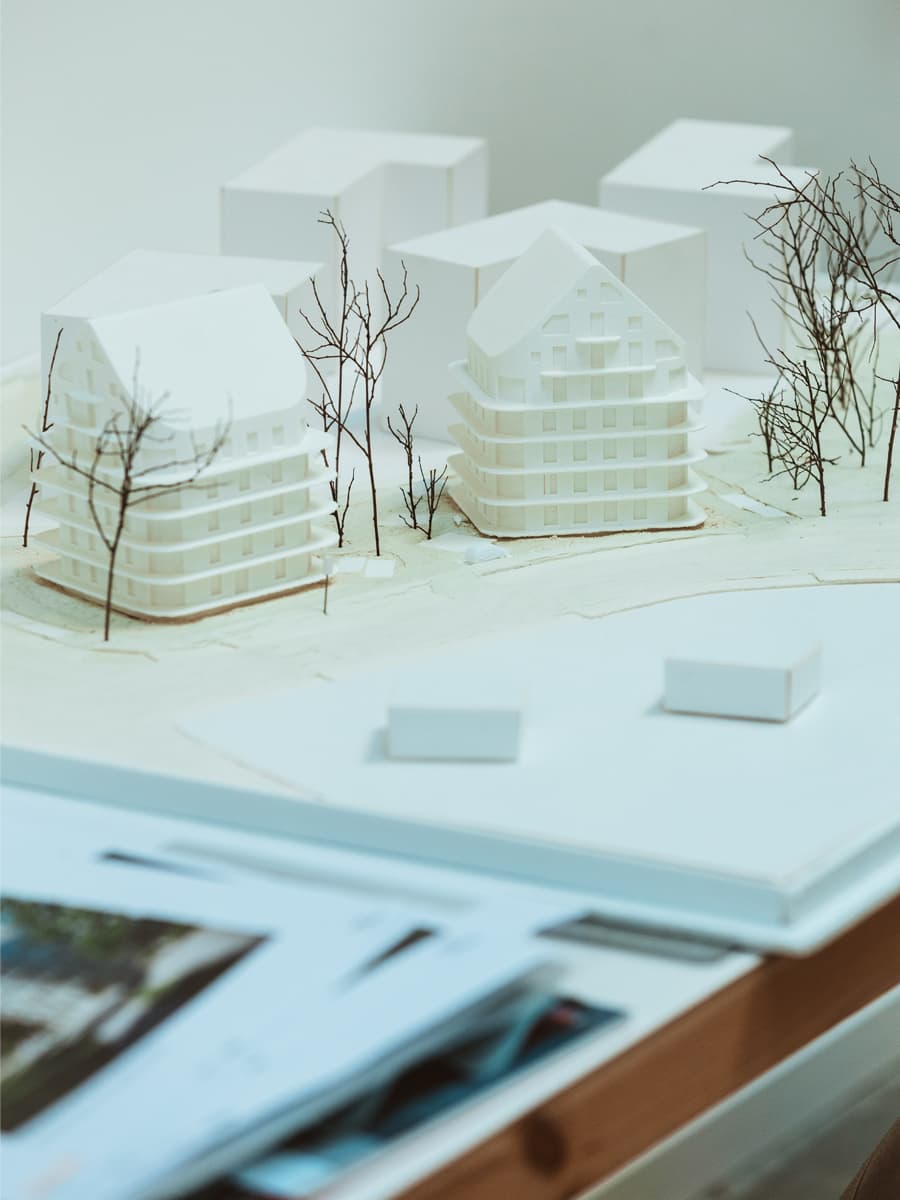
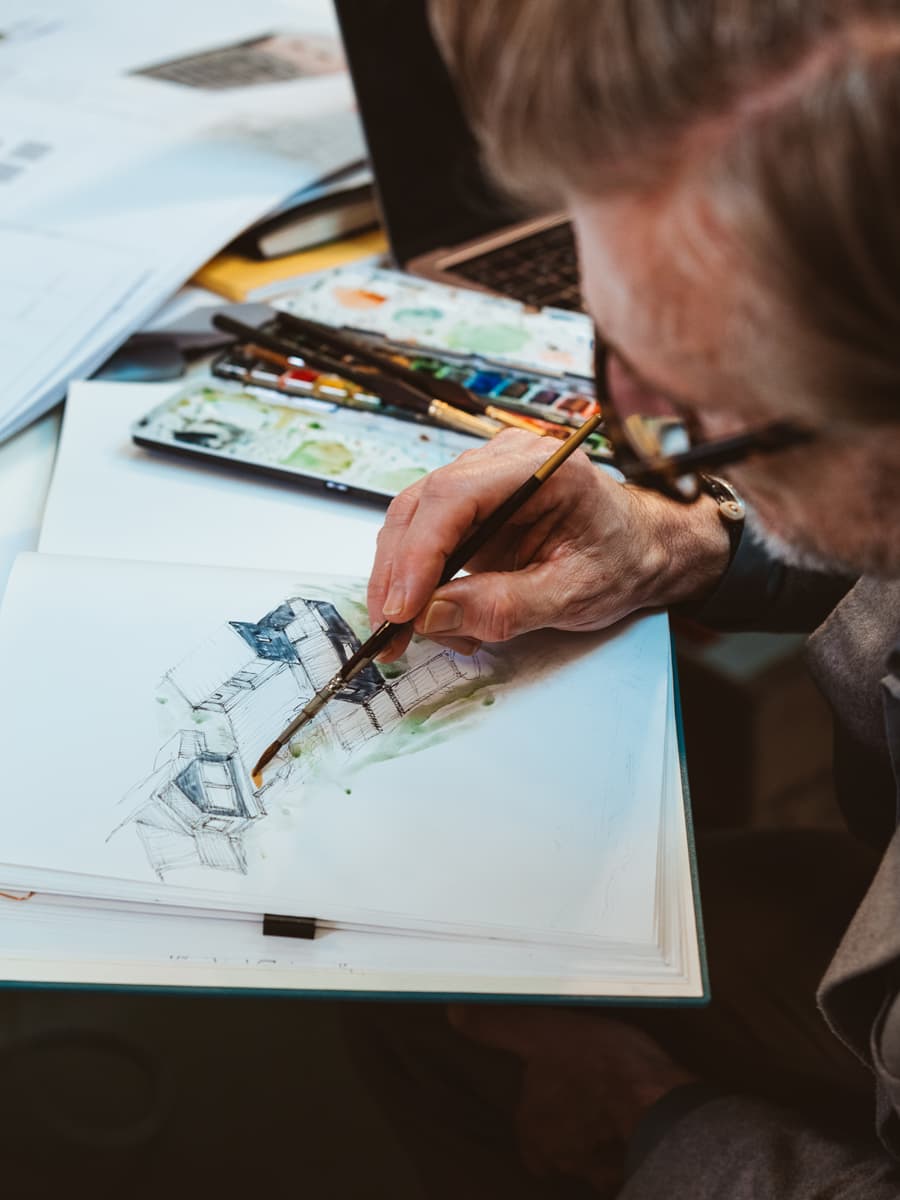
“Sandell & Sandberg has grown quite naturally over time. I think we just developed a reputation for doing interesting stuff, and for designing architecture that communicates something meaningful. One of the hardest things any creative has to go through is working between disciplines. In architecture, if you pitch to design an office, the first thing the client says is ‘have you done an office before?’ If you haven’t, forget it. Winning work can be a catch-22 situation. Somehow, I got lucky with a few different projects early on in my career. I put that down simply to having projects in my portfolio that are architecturally interesting.”
“I’ve always had one vision for myself. As a student I discovered the Finnish architect, Alvar Aalto. he did everything; furniture, interiors, textile design, city planning – so he crossed all manner of different disciplines. For me he was a great role model, I used to read about him and think ‘that’s the kind of architect I’d like to be.’”
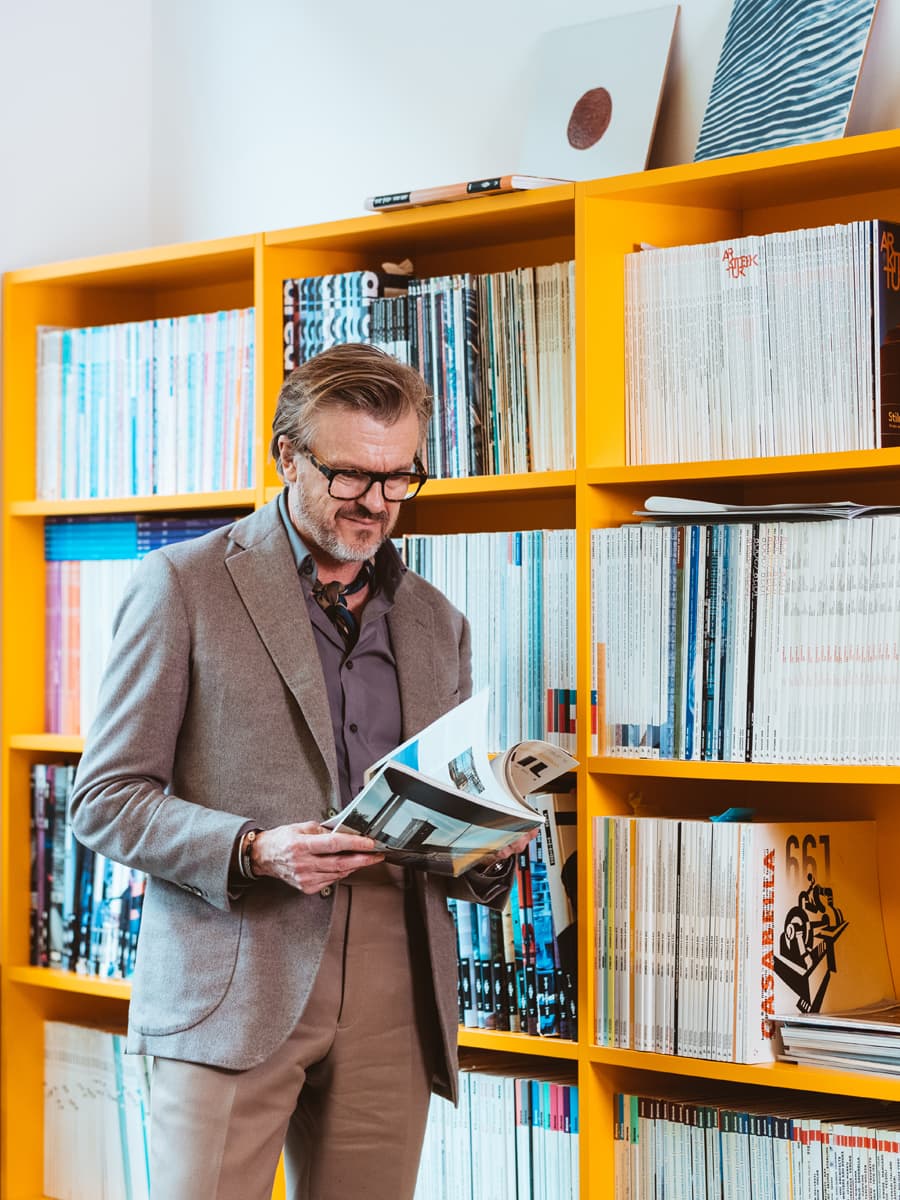
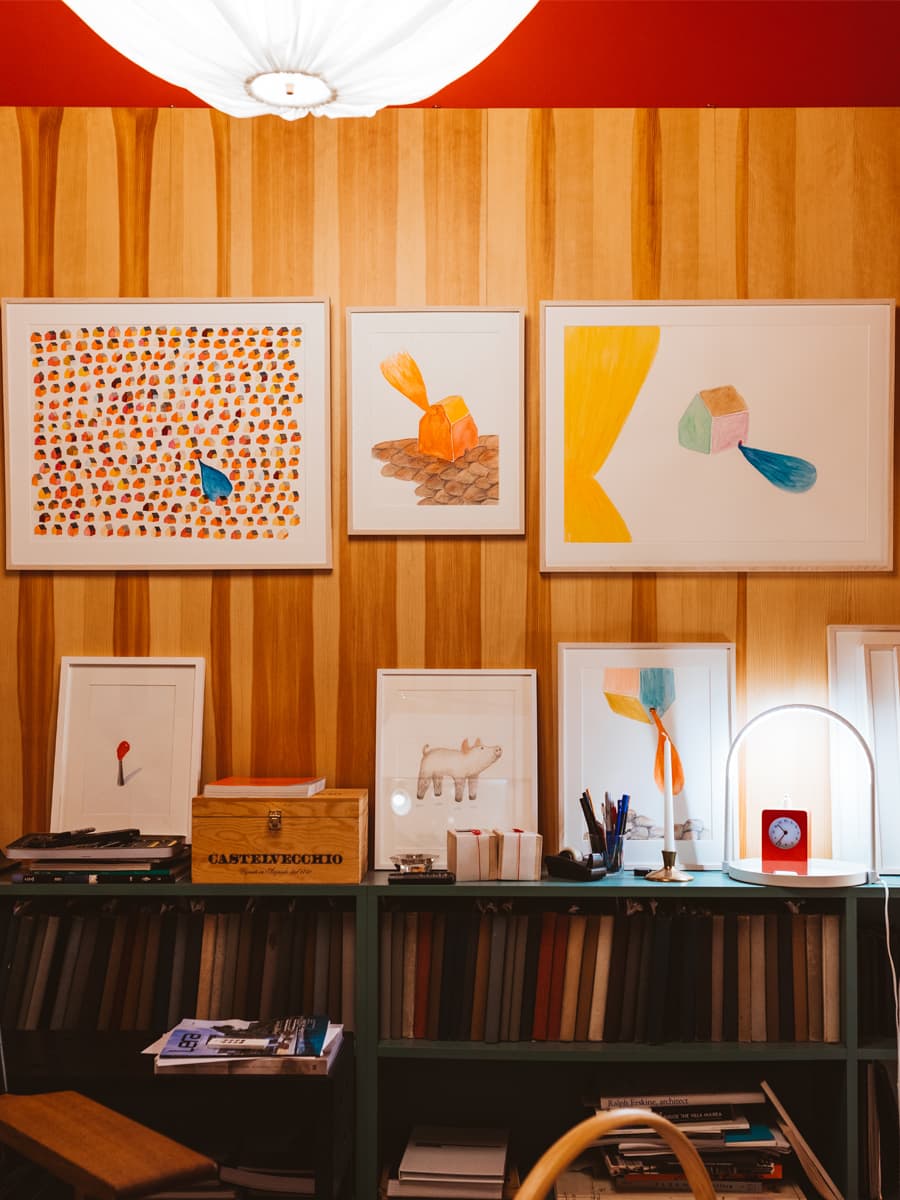
“Right now, we’re working to design a school in a poor part of Stockholm that’s experiencing problems with crime rates and welfare. We’ve convinced a very high-end school operator that normally runs schools for wealthy, upper-class kids in Sweden to take on our new school. We’re hopeful that it’ll improve the standard of education in that area. It’s been a challenging project, but at the same time it’s very satisfying; not only because the school looks good, but because we’re trying to give something back.”
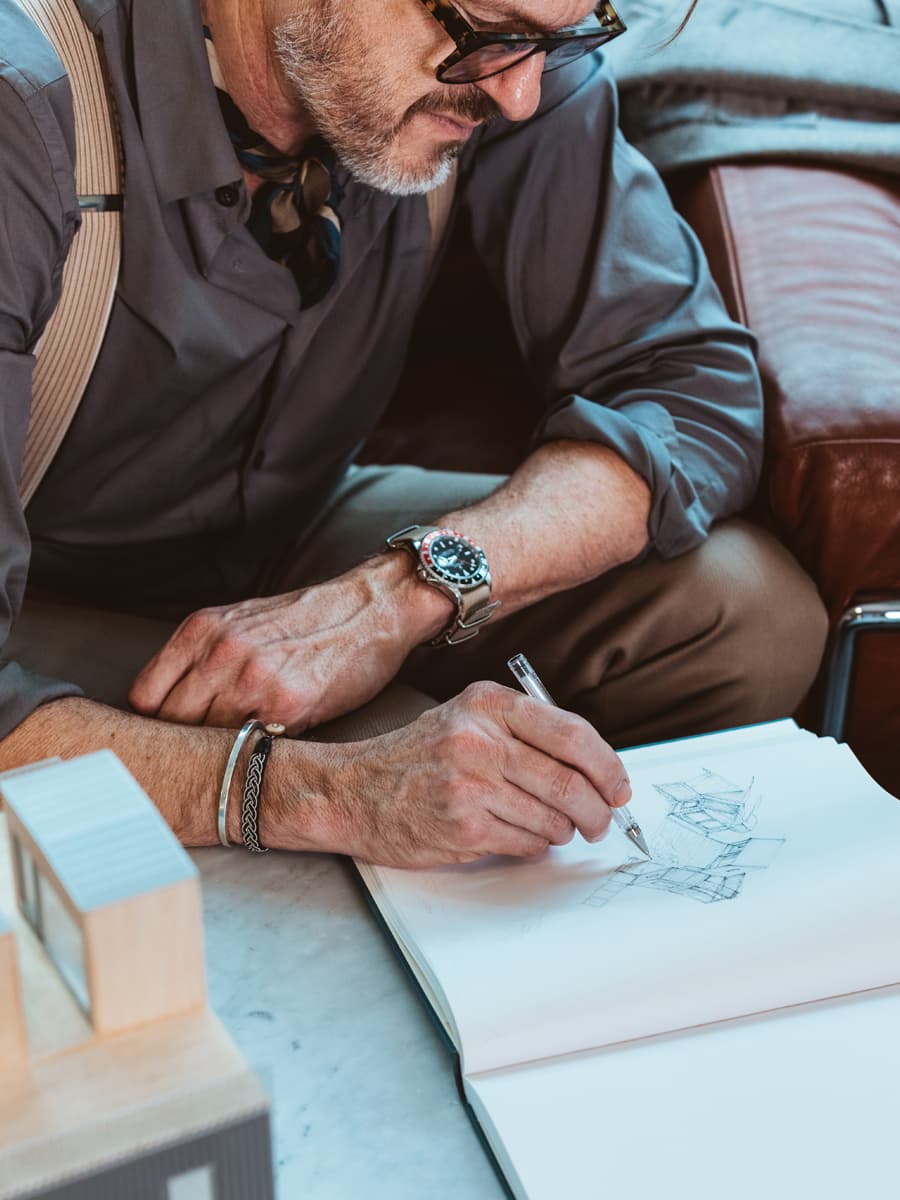
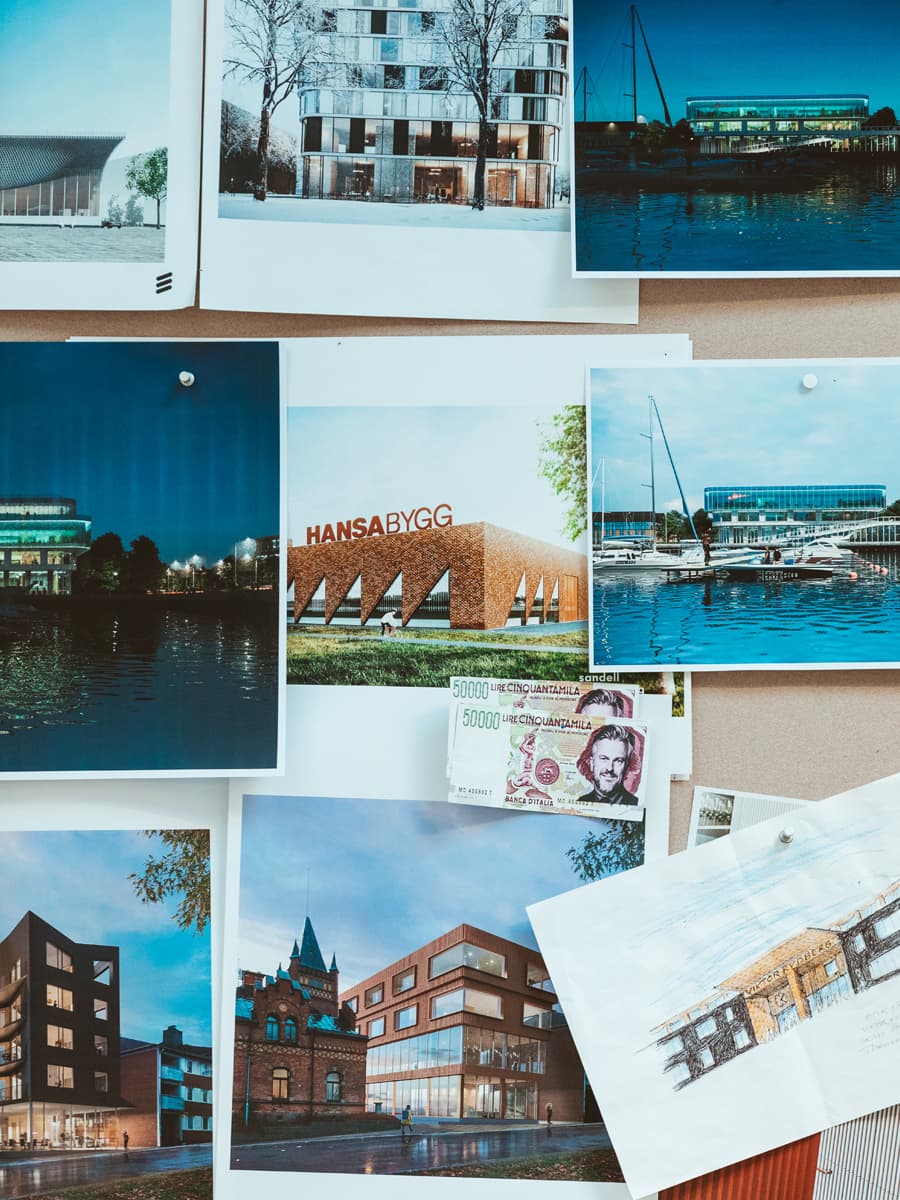
“I’m proud of lots of our projects. I did a couple of bits of furniture in the early ‘90s that I’m still pleased with, for Ikea and B&B Italia, among others. More recently, we’ve designed a hotel in the far north of Sweden with guest suites up in the forest canopy, and right now we’re part of a project to design a grand hotel in the mining town of Kiruna, the centre of which is being moved by three kilometres to access an iron ore deposit beneath it. I also designed some houses in Stockholm that are actually built on water; we converted an old factory in the harbour, and some of the supporting columns for that factory could be used to create a platform on the water, and we built the houses on top. If you want to, you can take a boat to your front door. Those houses have become a landmark in Stockholm, which is pretty cool.”
“If I was going give any young designer a piece of advice, I’d say two things: Don’t hold back your opinions, and have fun. Don’t let clients walk all over you, just because you’re young. Ten years ago, my clients’ big bosses would ignore me in meetings, now they take notes of what I say. At some point, I went from a young and promising architect, to someone well established. I don’t know when exactly that happened but it did. You have to do the same thing, and you won’t get there by being shy.”
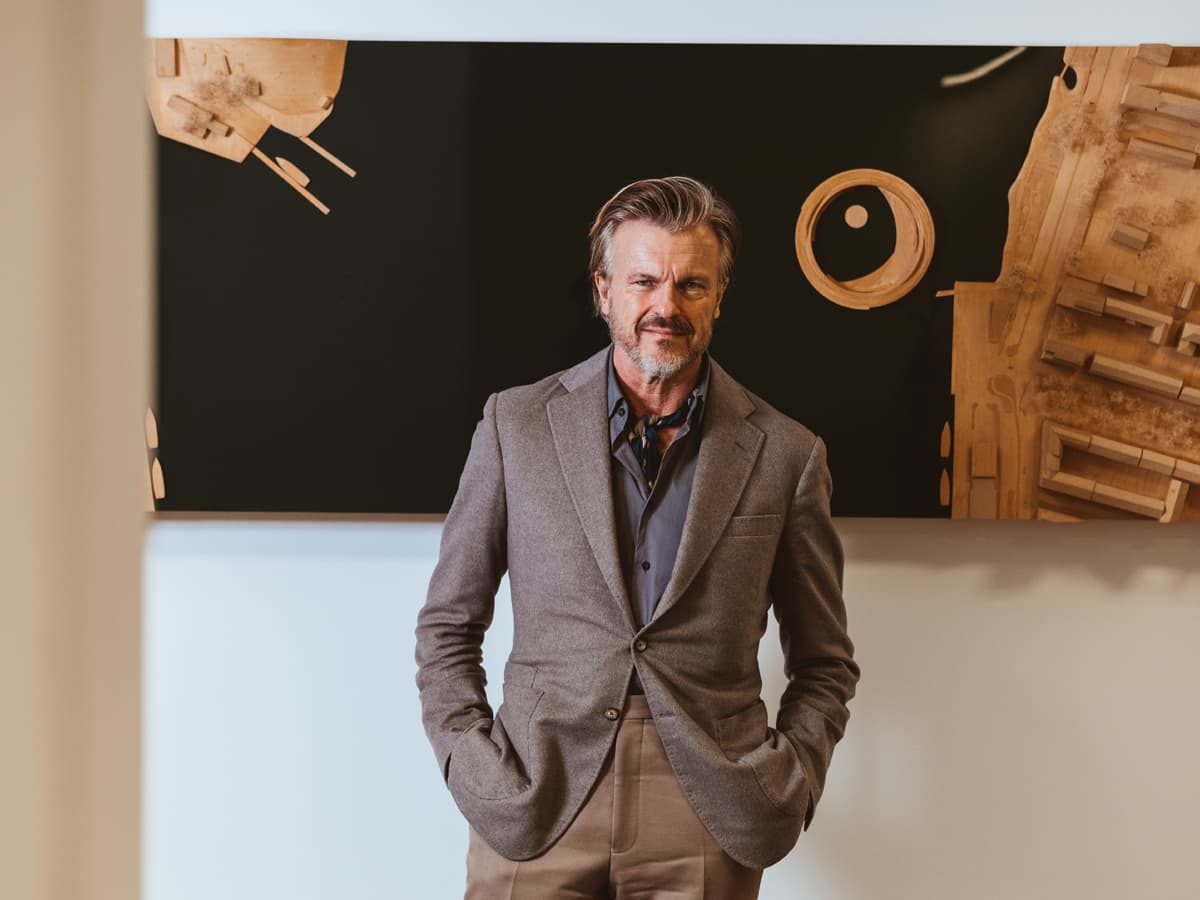

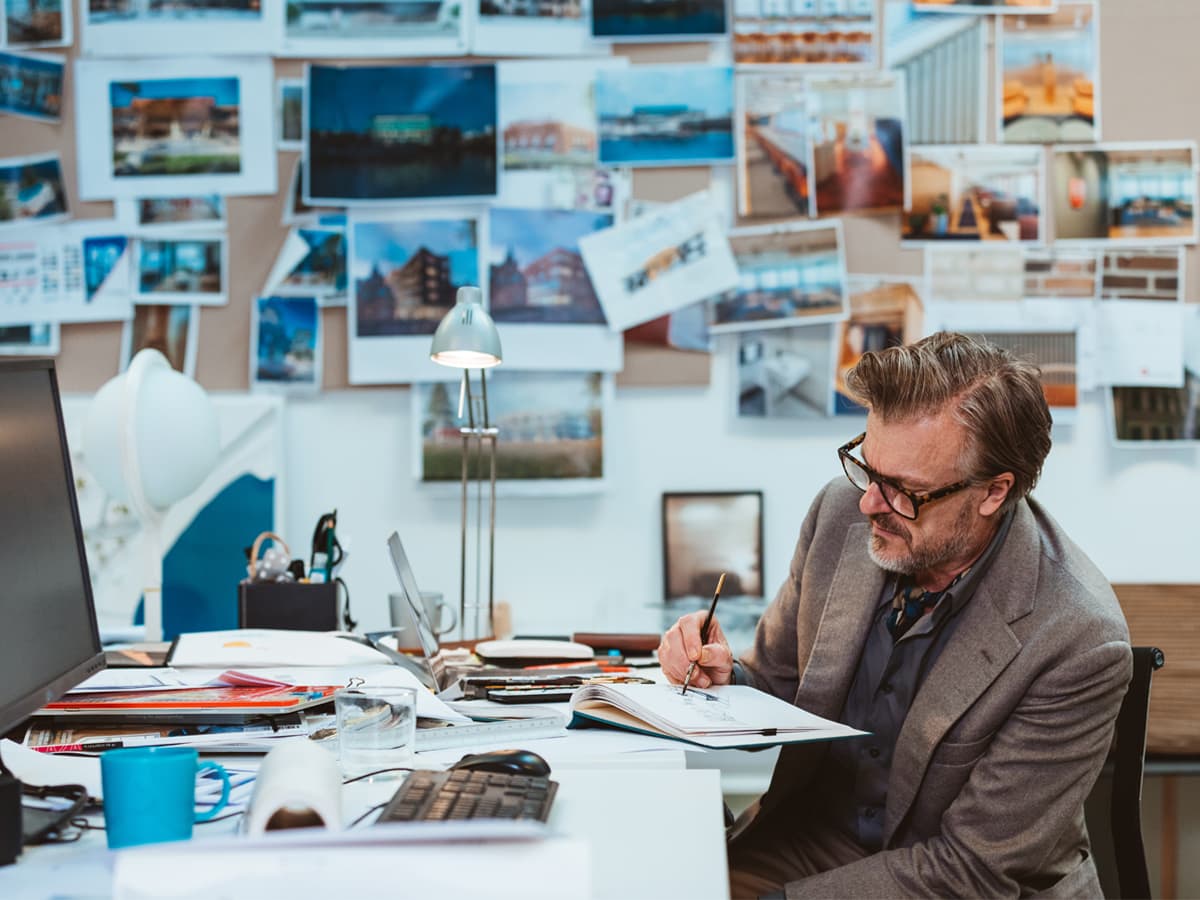
For more on Sandell & Sandberg, visit www.sandellsandberg.se
(Photography by Milad Abedi)
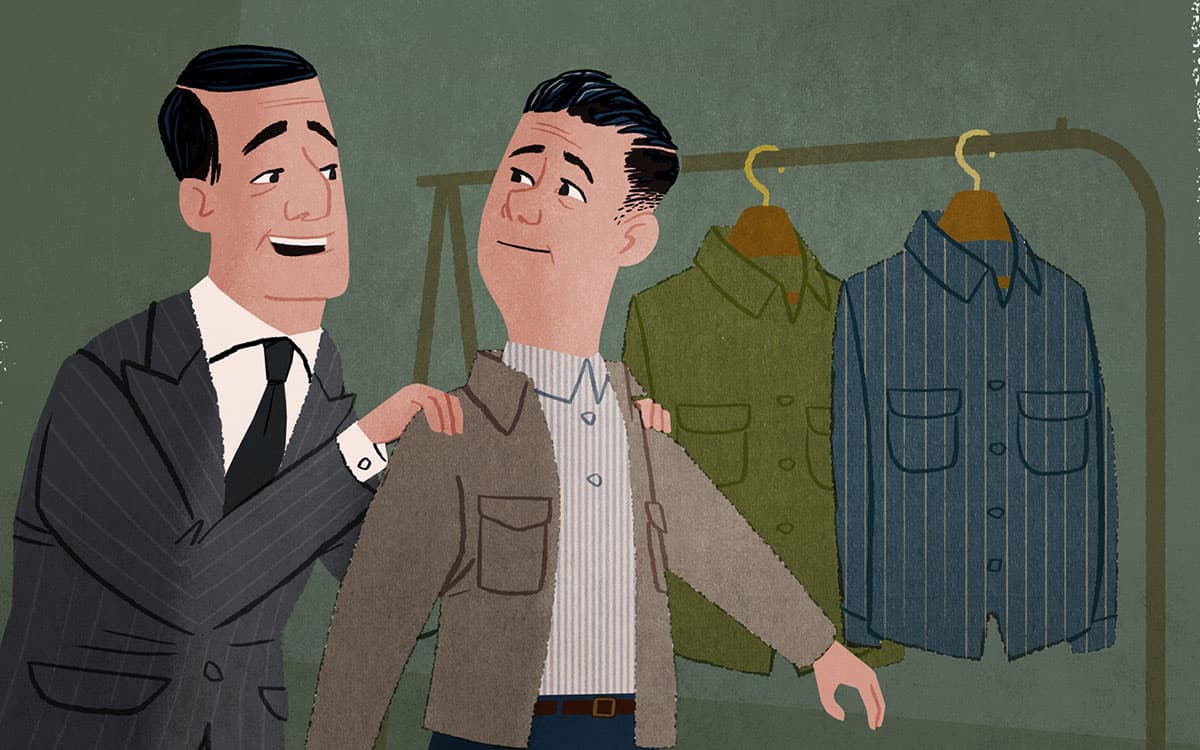
An Ode to The Overshirt

Bold as brass
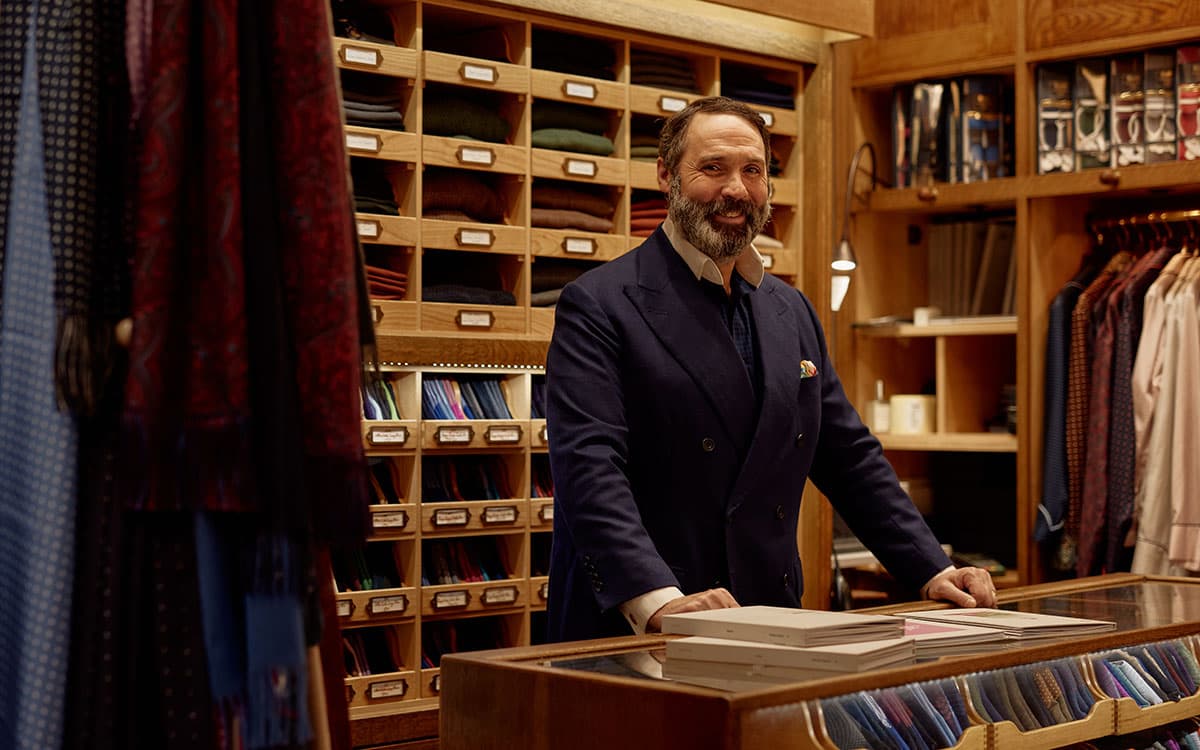
Budd Shirtmakers – Making The Case For Tradition
Cotonificio Albini S.p.A. - Via Dr. Silvio Albini 1, 24021 Albino (BG) – Italy
Società con unico socio - diretta e coordinata da Albini Group S.p.A.
P.I. 01884530161 - C.F. 08743540158 - Iscritta al Registro Imprese di Bergamo - REA 244649
Capitale sociale sottoscritto e versato € 11.170.960